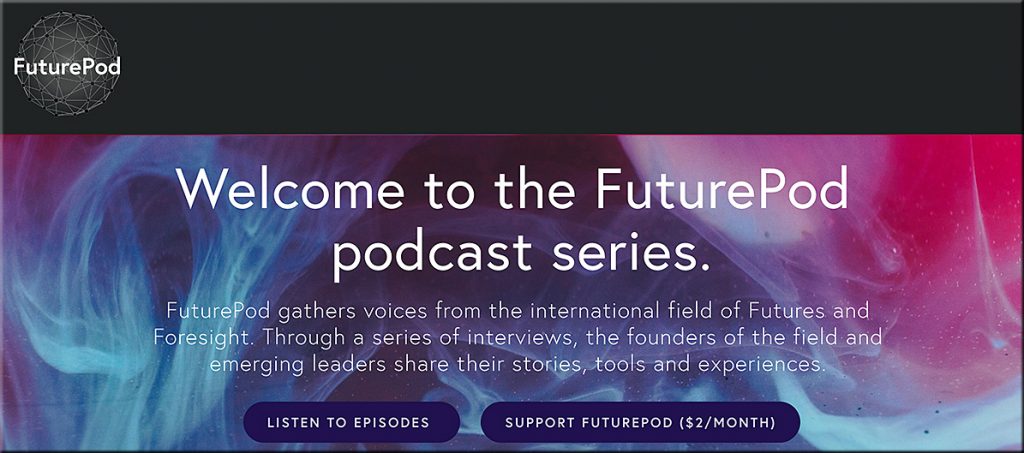The cost of college increased by more than 25% in the last 10 years—here’s why — from cnbc.com by Abigail Hess
Excerpt:
During the 1978 – 1979 school year, it cost the modern equivalent of $17,680 per year to attend a private college and $8,250 per year to attend a public college. By the 2008 – 2009 school year those costs had grown to $38,720 at private colleges and $16,460 at public colleges.
Today, those costs are closer to $48,510 and $21,370, respectively. That means costs increased by roughly 25.3% at private colleges and about 29.8% at public colleges.
Also see:
How affordable are public colleges in your state for low-income students?
Students from low-income backgrounds should be able to attend college without shouldering a debt burden or having to work so many hours that they jeopardize their chances of completing a degree. But that’s just not possible today.
Think students today can work their way through college? Think again.
For millions of college-going students, one of the most urgent concerns is the rising cost of college and how to pay for it — and not just for tuition but other necessities like textbooks, housing, food, and transportation. The idea that one can work one’s way through college with a minimum-wage job is, in most cases, a myth. In the vast majority of states, students at public four-year institutions would have to work an excessive number of hours per week to cover such costs. The same goes for students at many public community and technical colleges. In one of the costliest scenarios, students would have to work 45 hours a week to be exact, leaving nearly no time to focus on academics.
Overall, students from low-income backgrounds, despite access to financial aid, are being asked to pay well beyond their means for a college degree. In the following analysis, we look closely at just how much beyond their means.
Also see:
- Half in U.S. now consider college education very important — from news.gallup.com by Stephanie Marken; with thanks to Ray Schroeder for his posting on LinkedIn on this item
Also see:
- Ratings agencies post mixed outlooks for higher education — from insidehighered.com by Rick Seltzer










